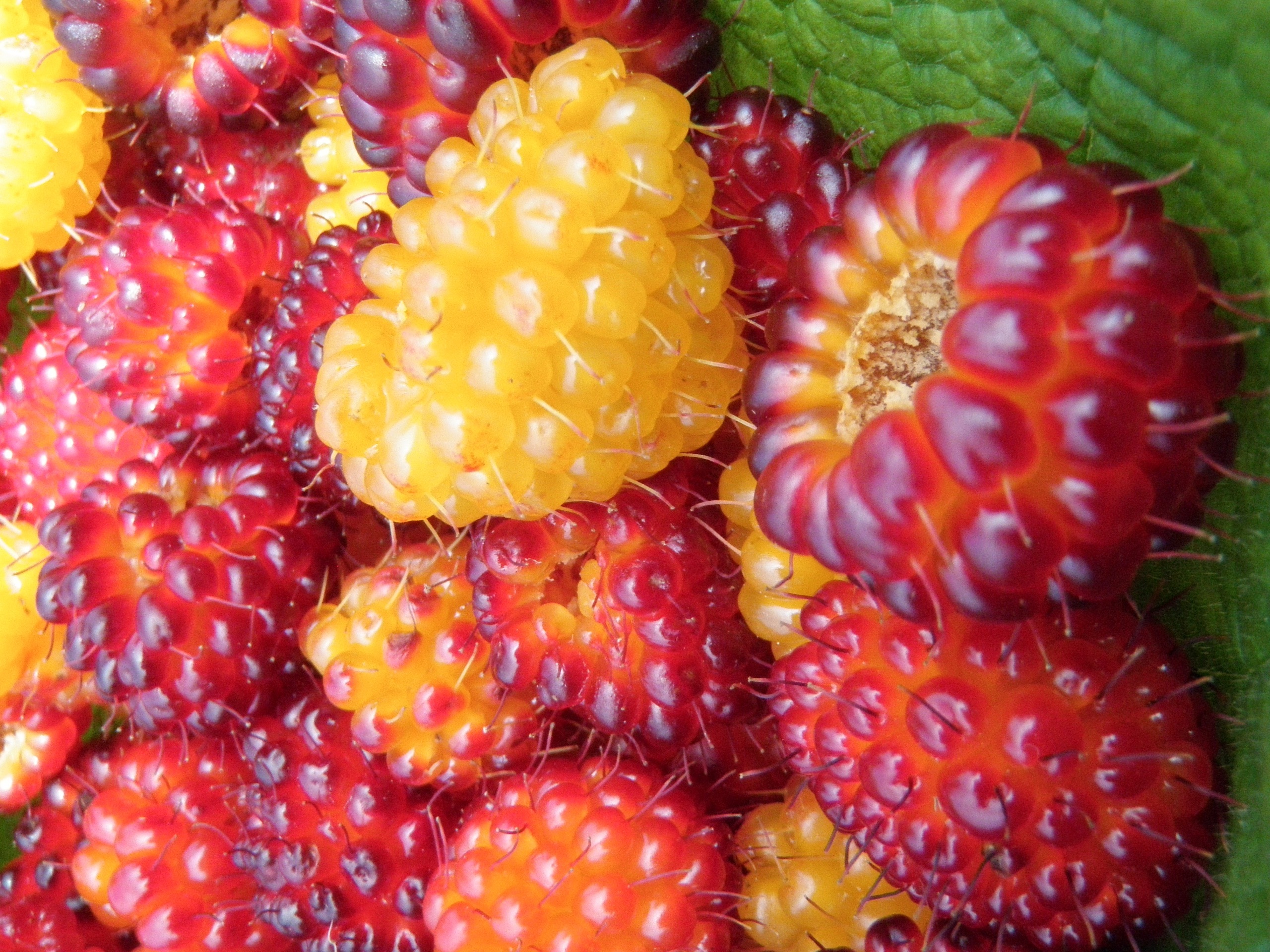

Germination of
Rubus spectabilis
Salmonberry / Rose Raspberrry: Thimbleberry, Rubus spectabilis

Rubus spectabilis, also known as Salmonberry, can be grown from seeds that are collected from the ripe fruit. The seeds should be sown in a well-draining soil mixture and kept consistently moist. They should be covered with a light layer of soil and kept in a cool, bright area, ideally with temperatures around 60-65�F. Germination can take anywhere from a few weeks to a few months. Once the seedlings have developed two true leaves, they can be transplanted into individual pots and placed in a location that receives partial shade.
Some of plants may have very have specific germination requirements that may not be covered in these general instructions.
Many seeds require pre-treatment before sowing which we try to list here when we can, but this information may not be present here. Germination times and germination temperatures are to be a guide only. Many factors can DRASTICALLY affect this.
It's always a good idea to research the specific germination requirements from multiple sources for each plant before attempting to grow them from seed.